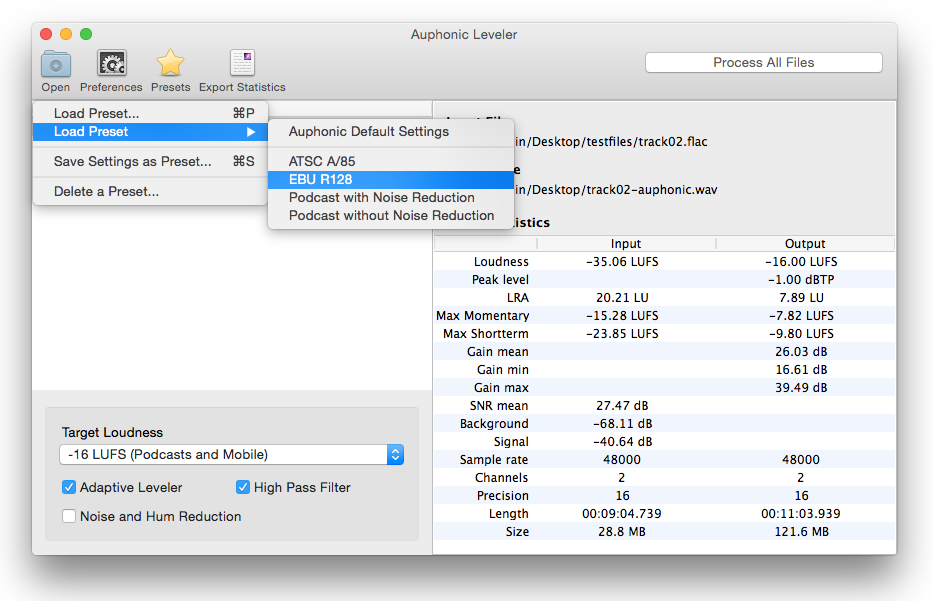At the
Subscribe 9 Conference,
we presented the first version of our new Audio Inspector:
The Auphonic Audio Inspector is shown on the status page of a finished production
and displays details about what our algorithms are changing in audio files.
 A screenshot of the Auphonic Audio Inspector on the status page
of a finished Multitrack Production.
A screenshot of the Auphonic Audio Inspector on the status page
of a finished Multitrack Production.
Please click on the screenshot to see it in full resolution!
It is possible to zoom and scroll within audio waveforms and the Audio Inspector might be used to manually check production result and input files.
In this blog post, we will ...



